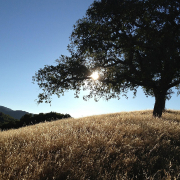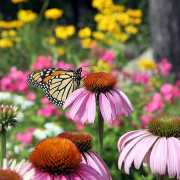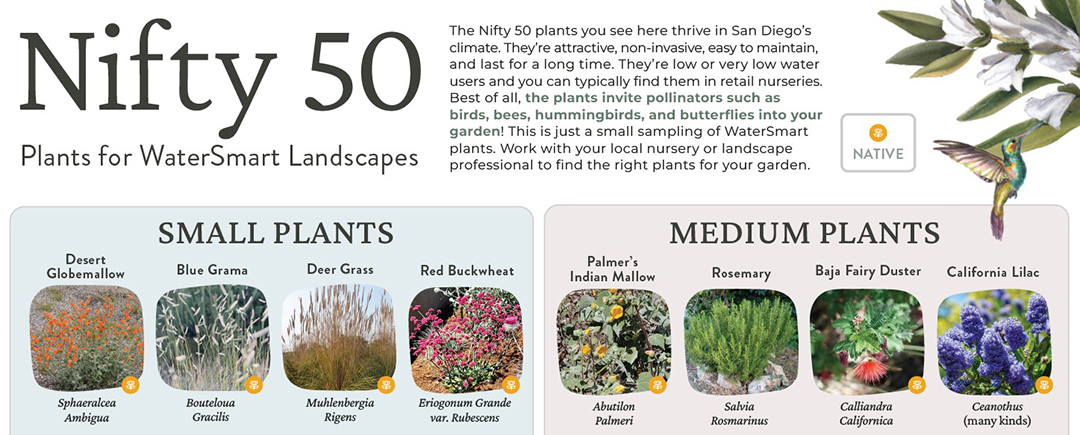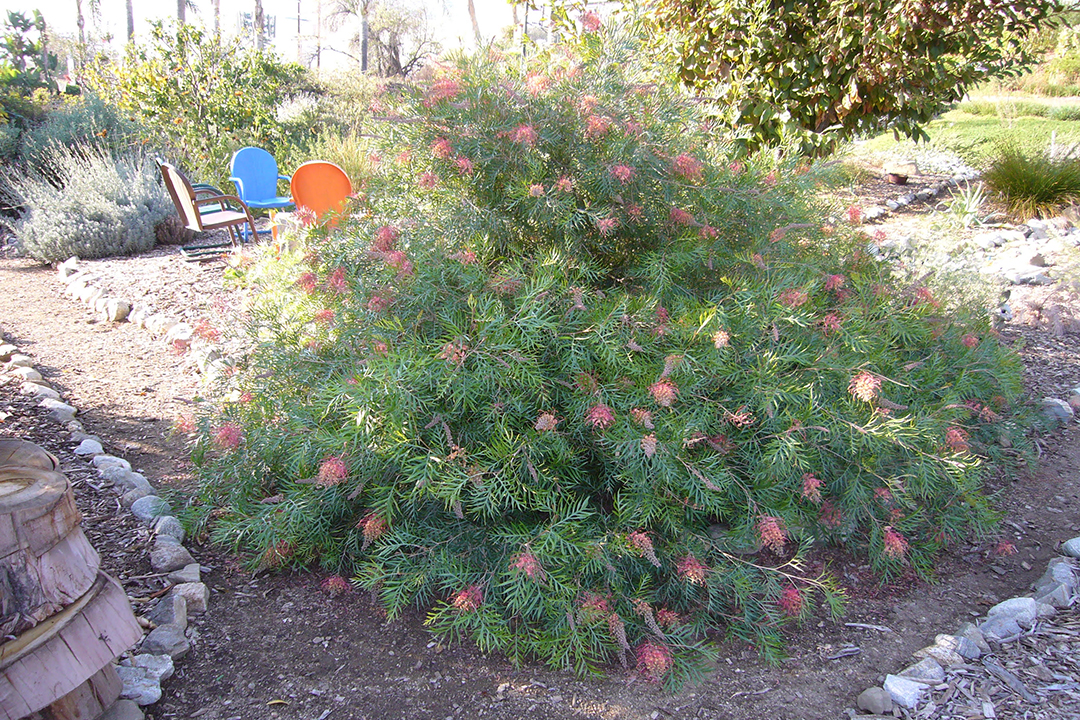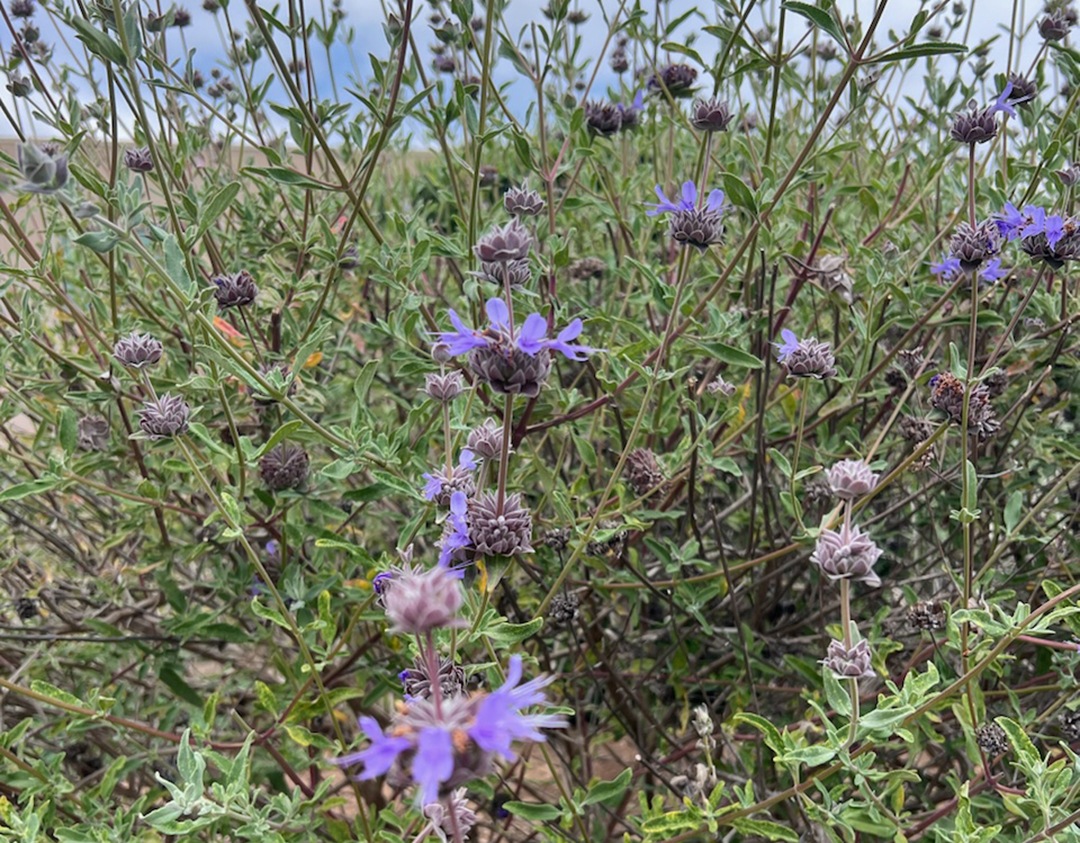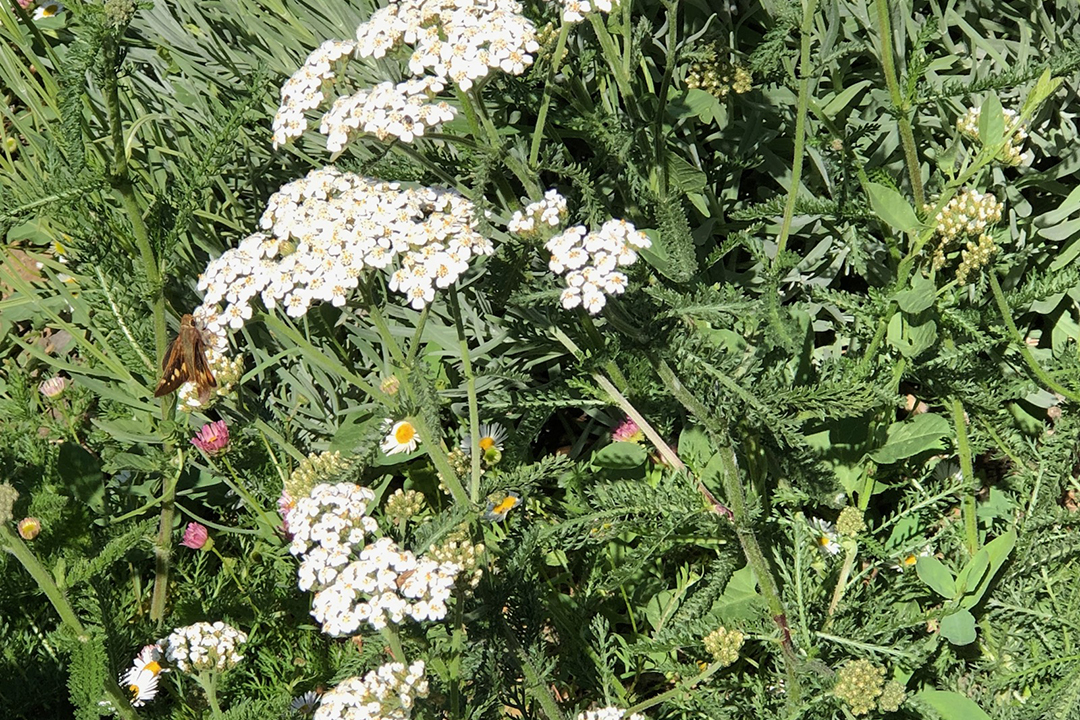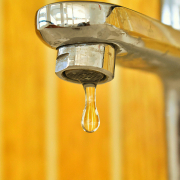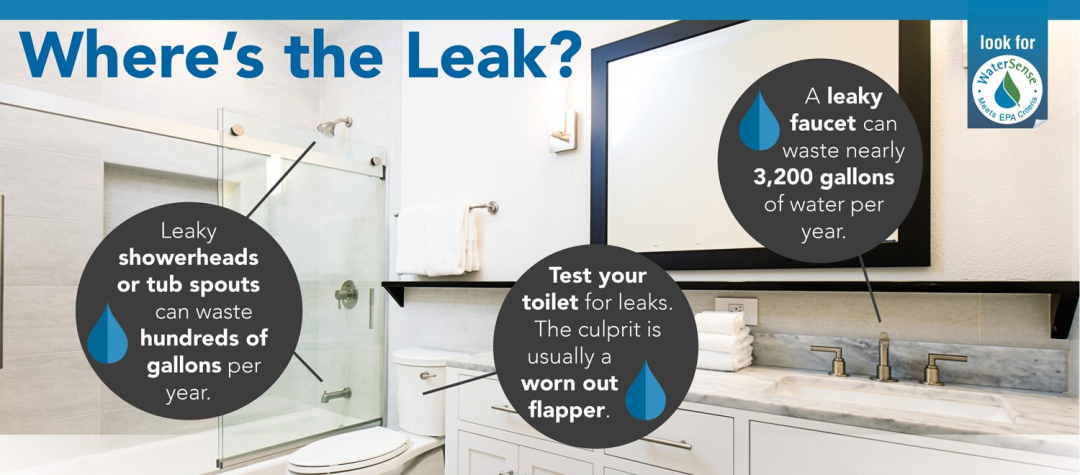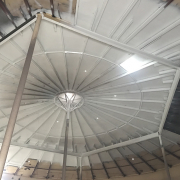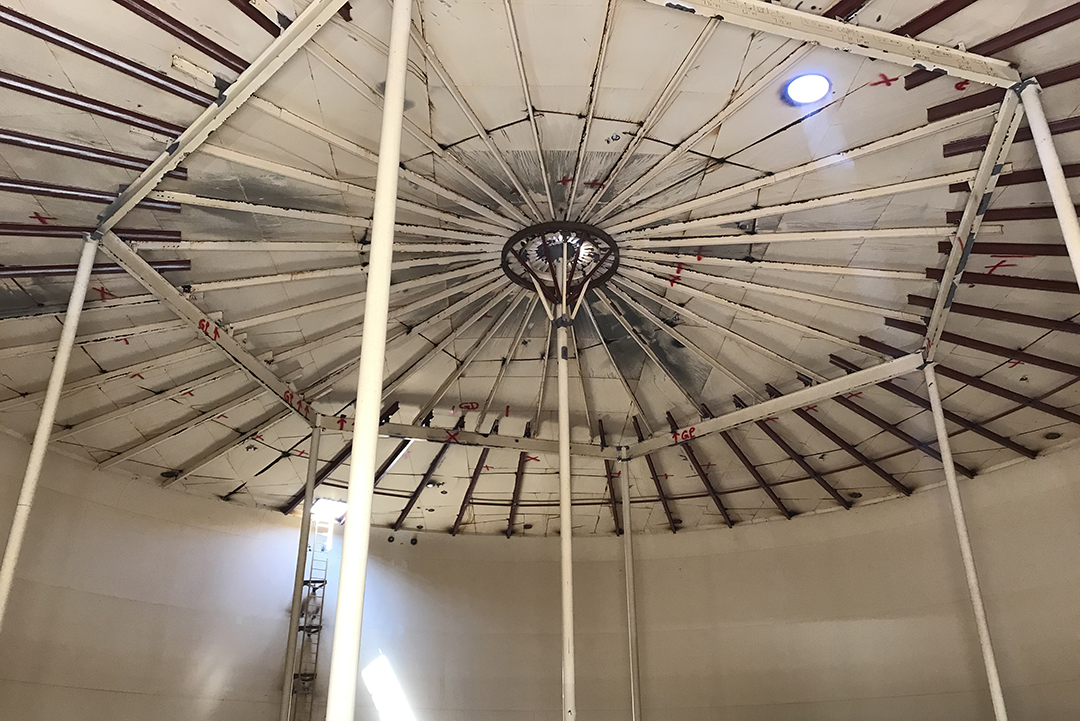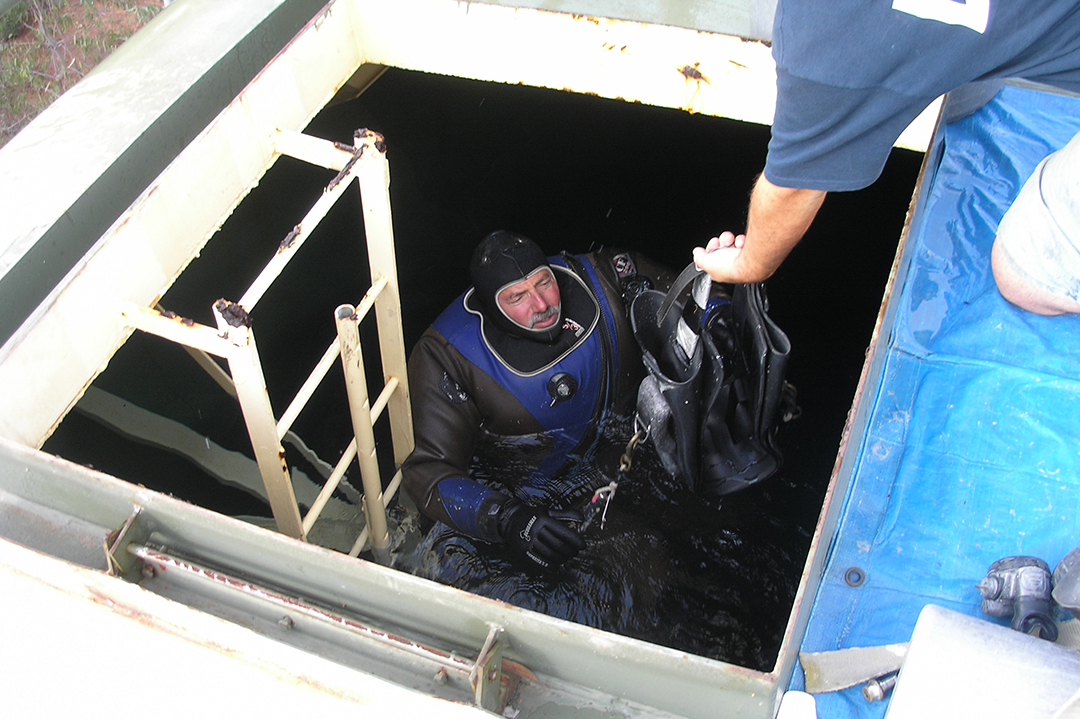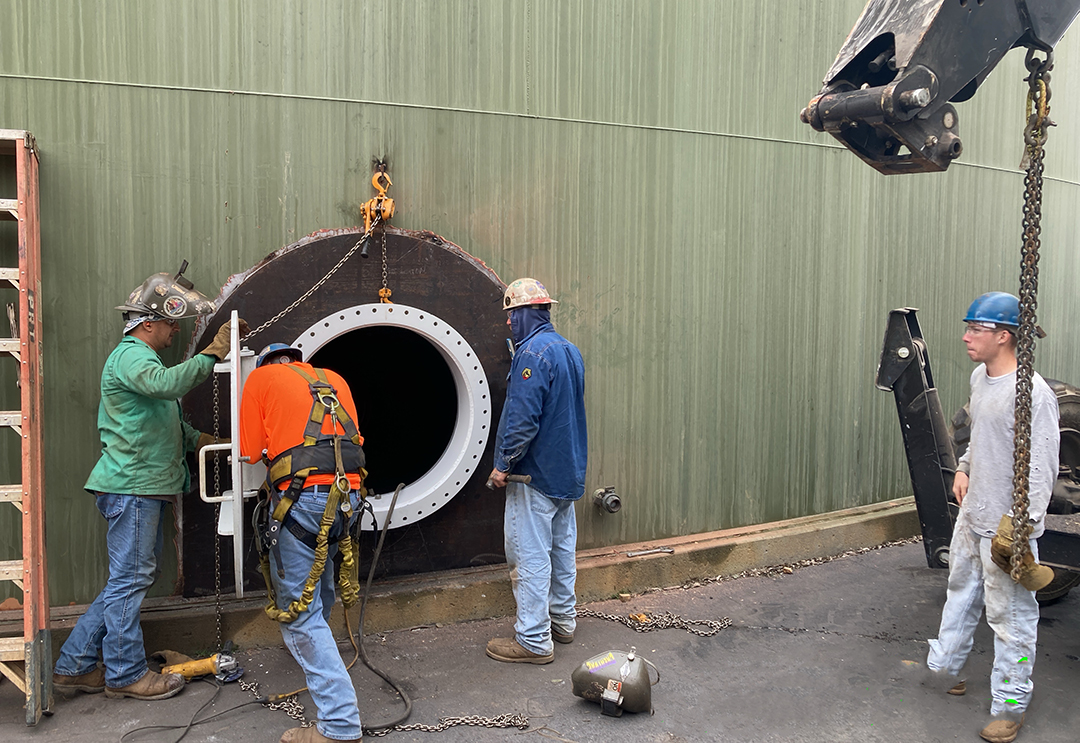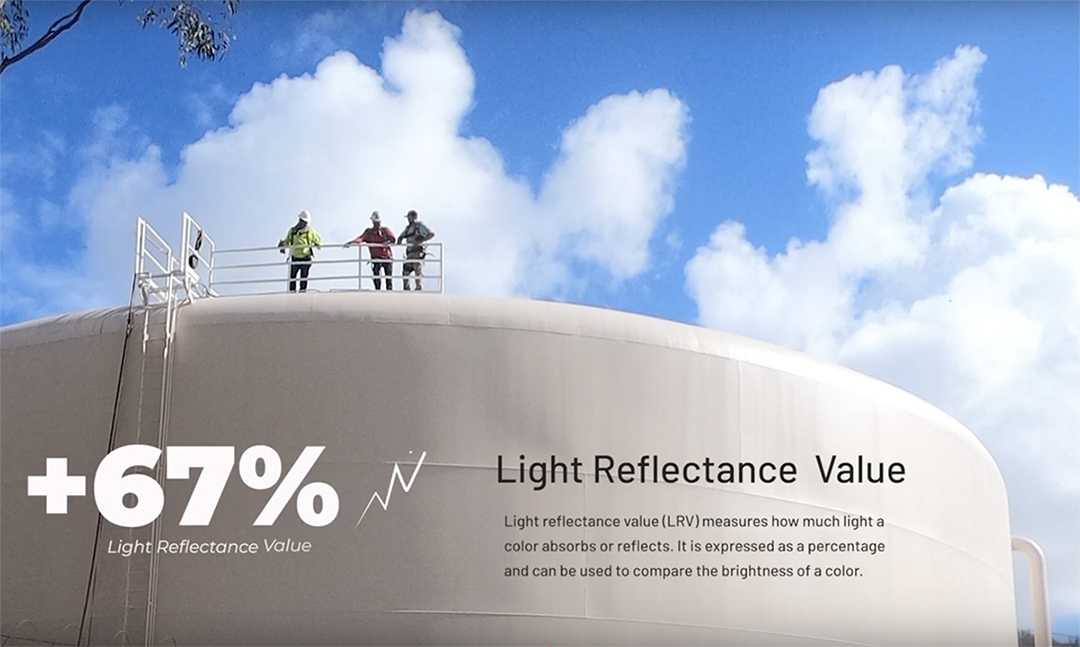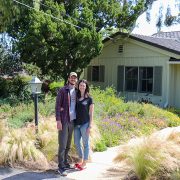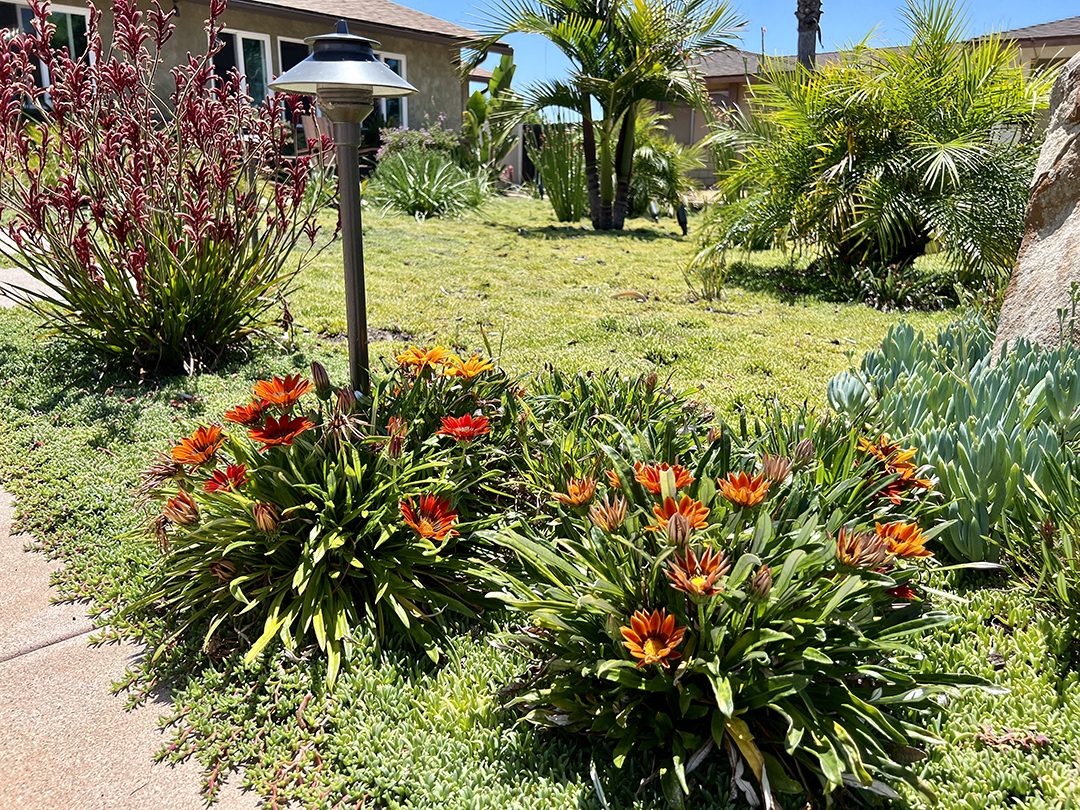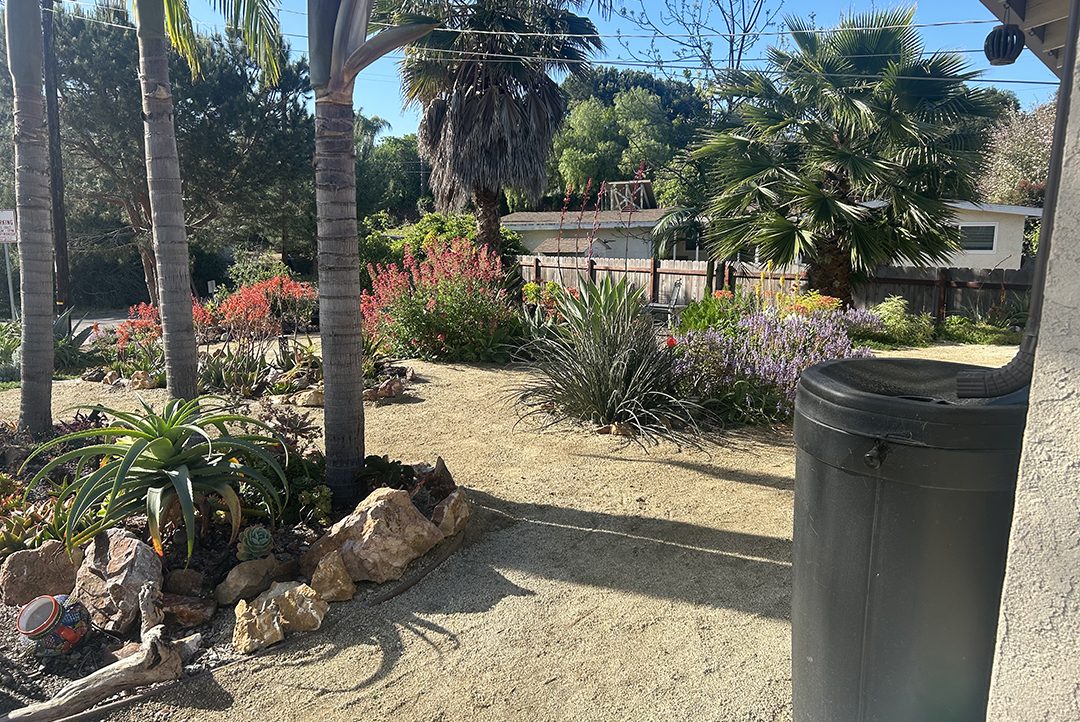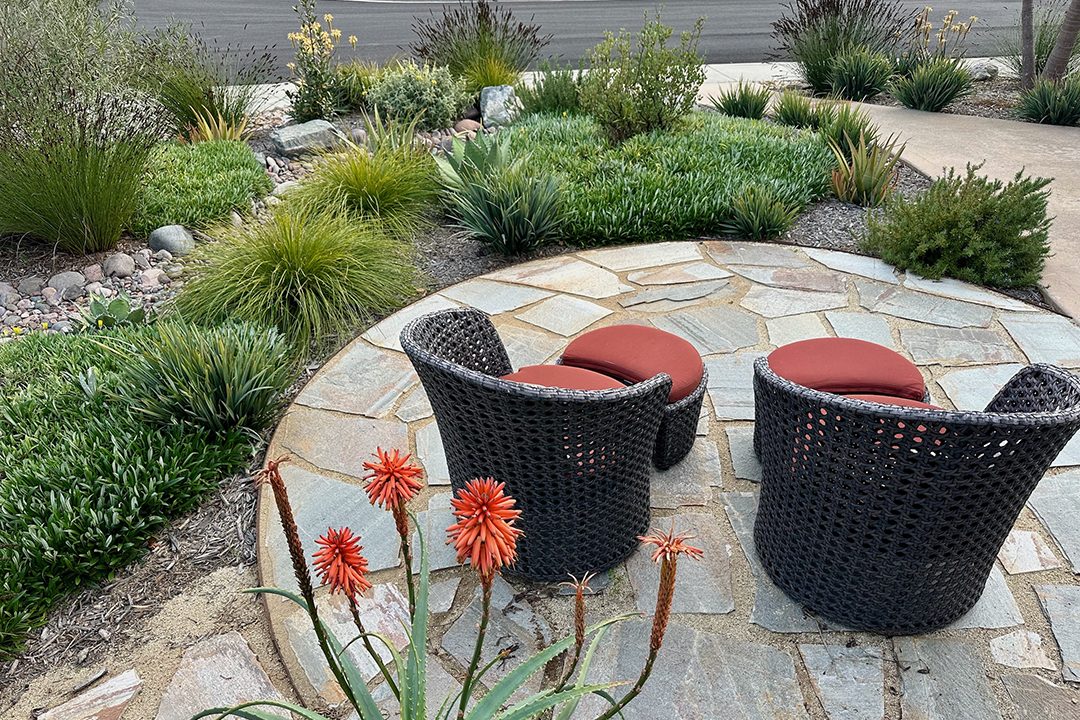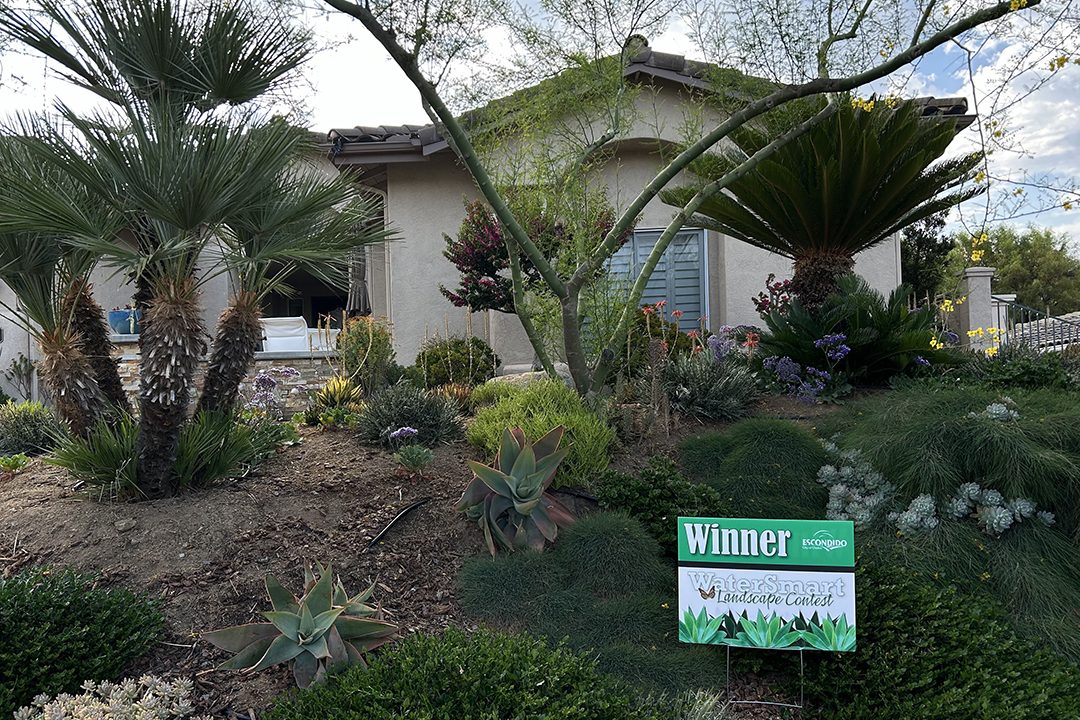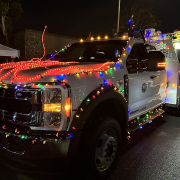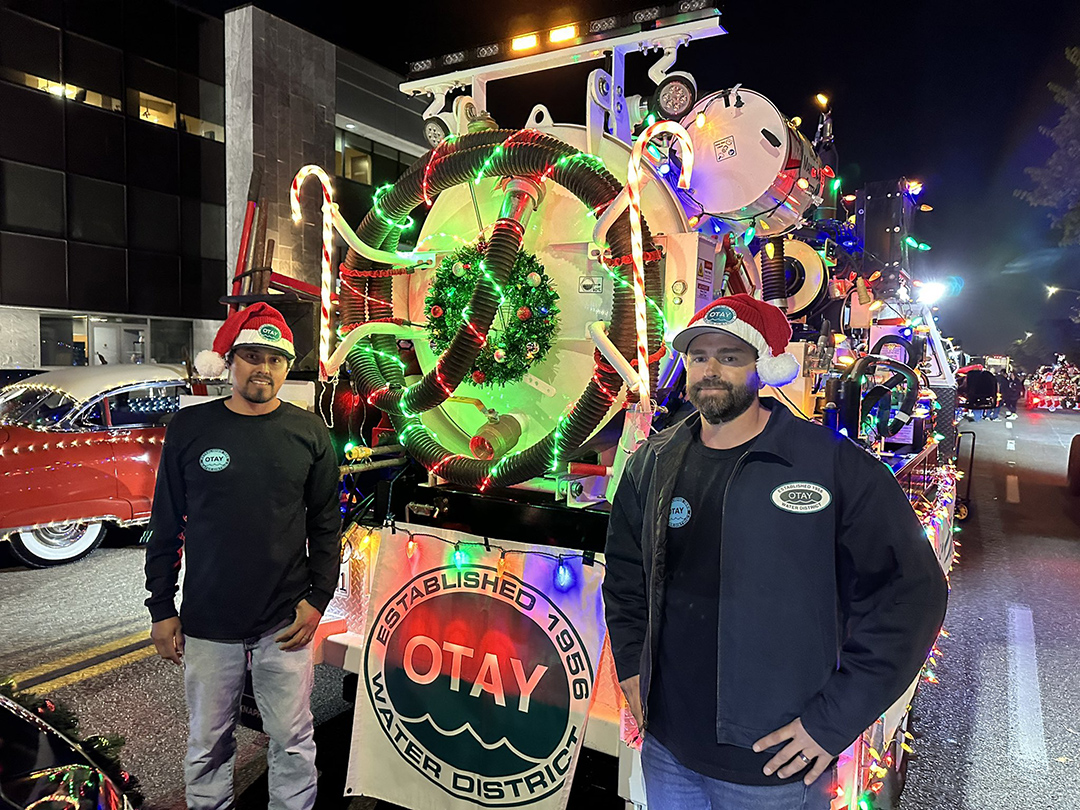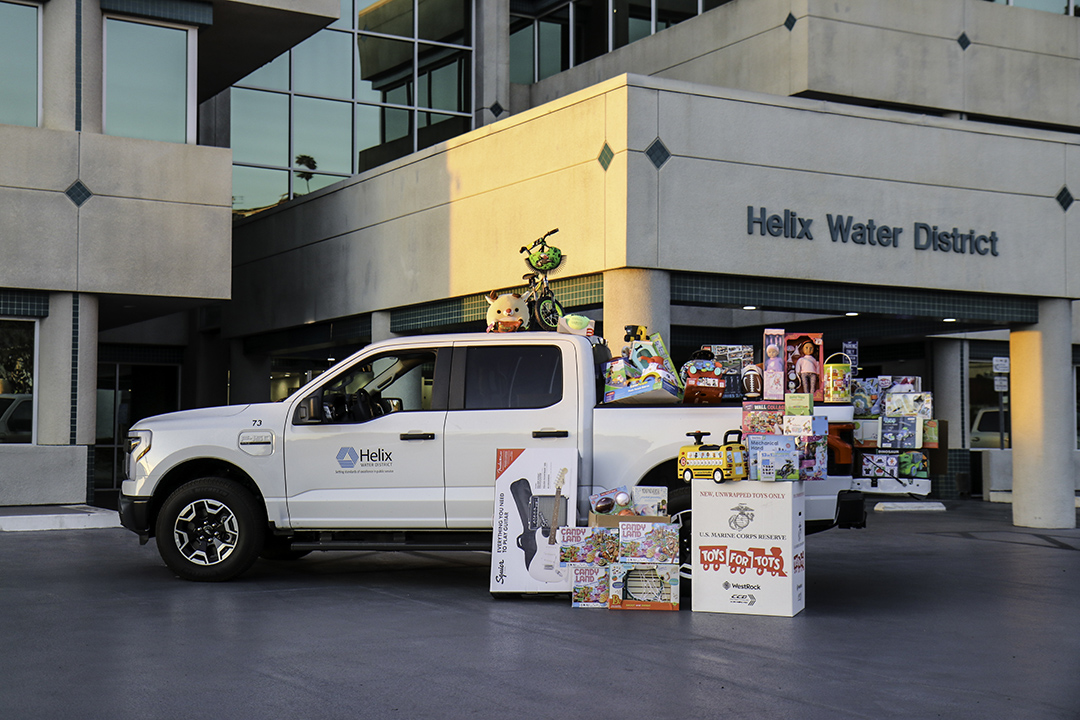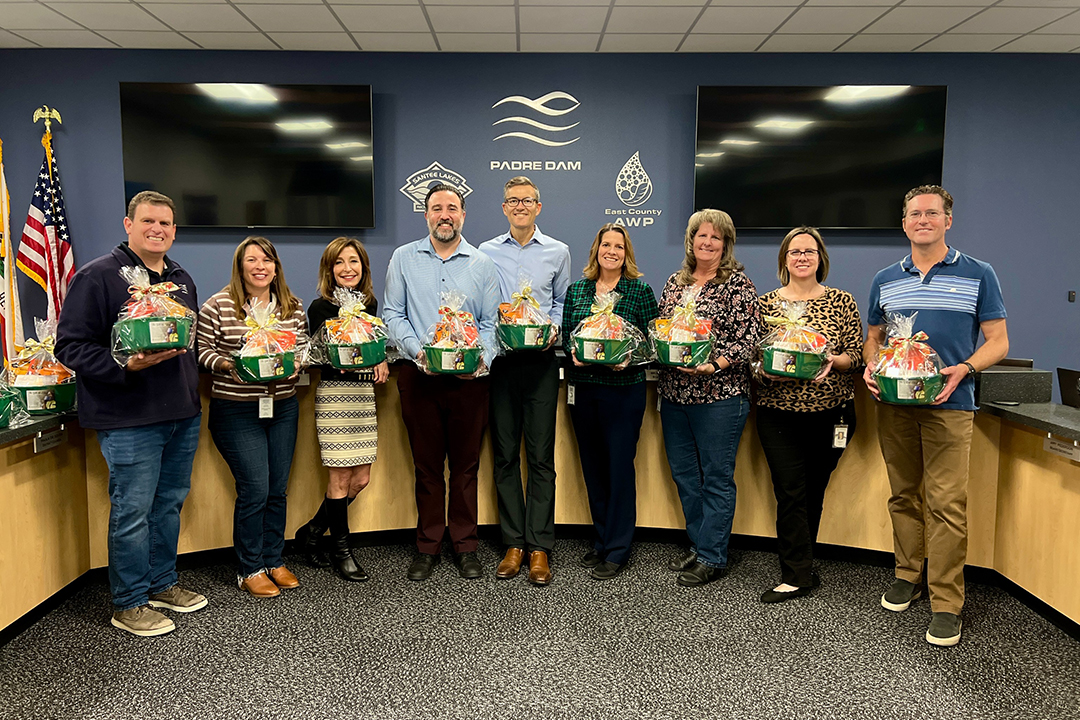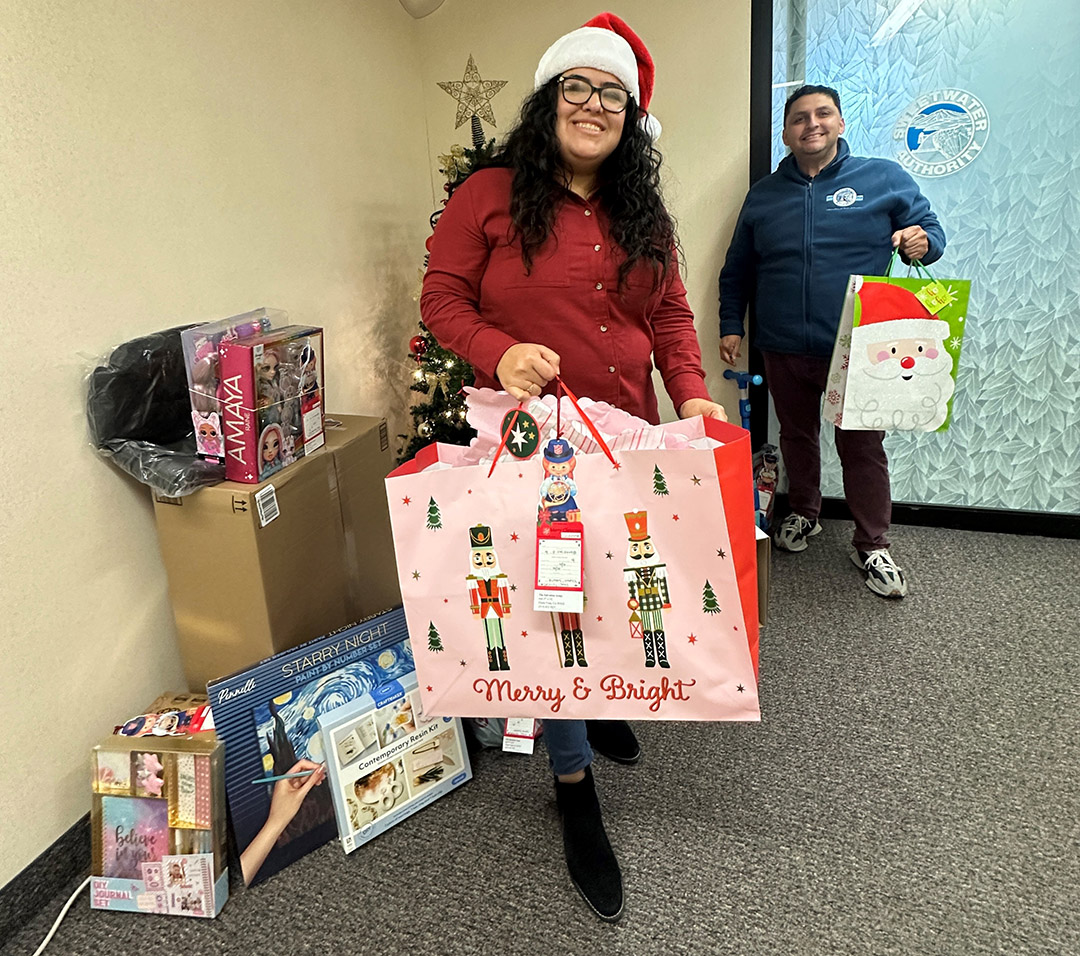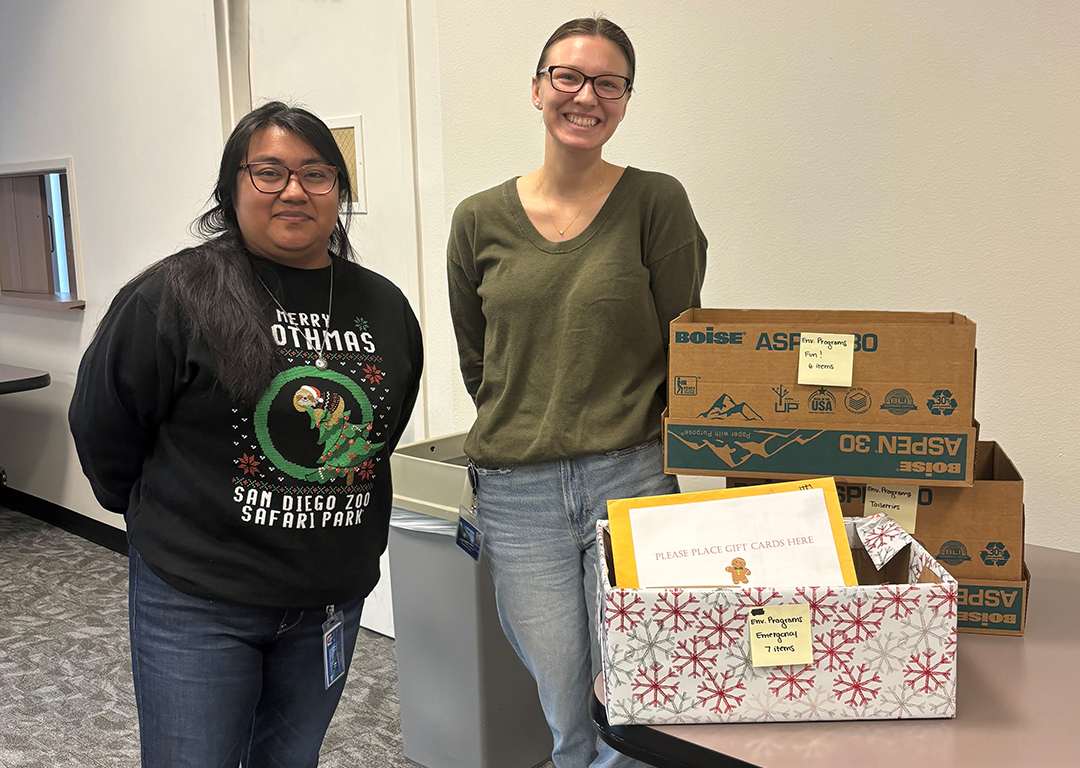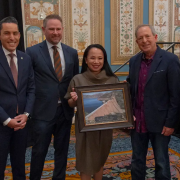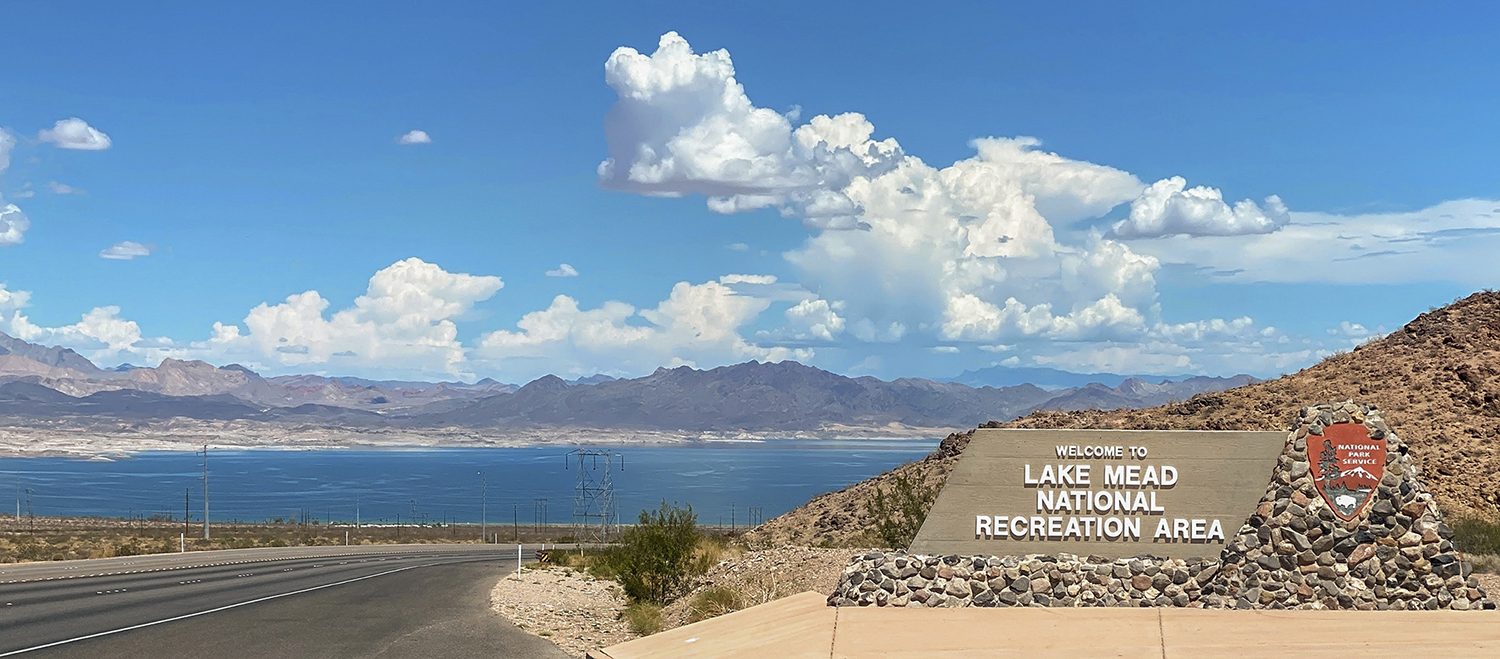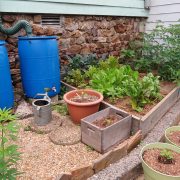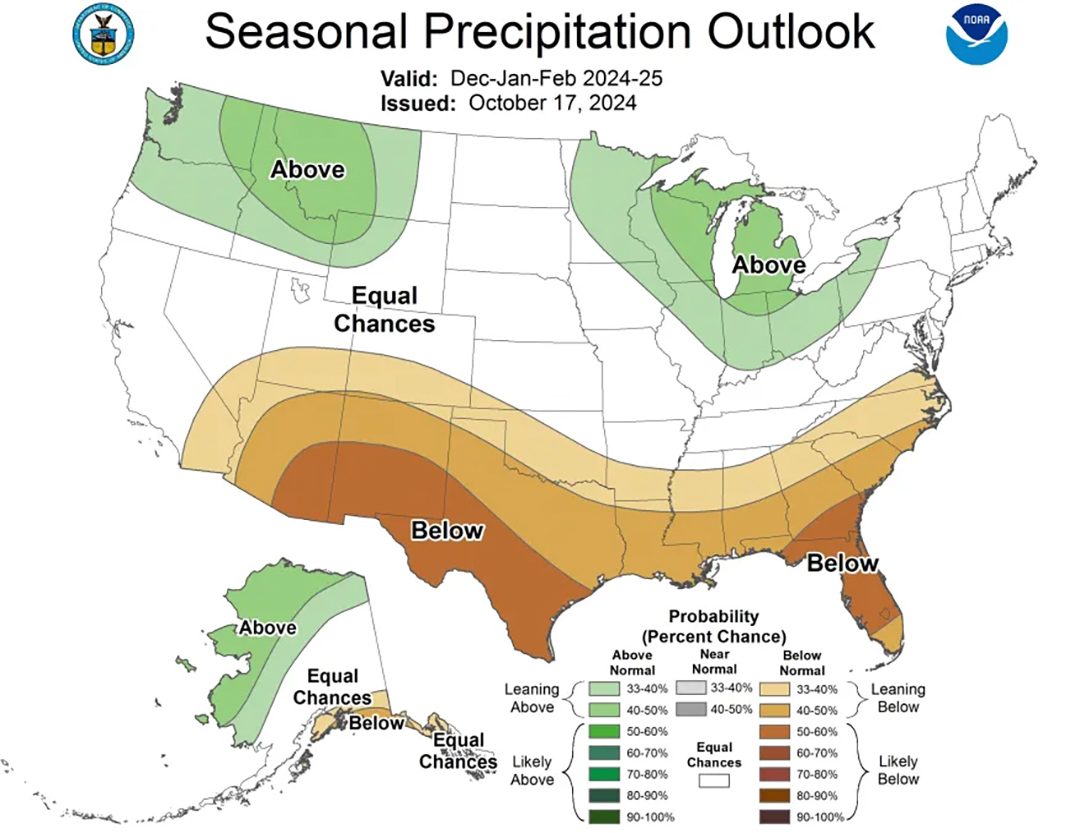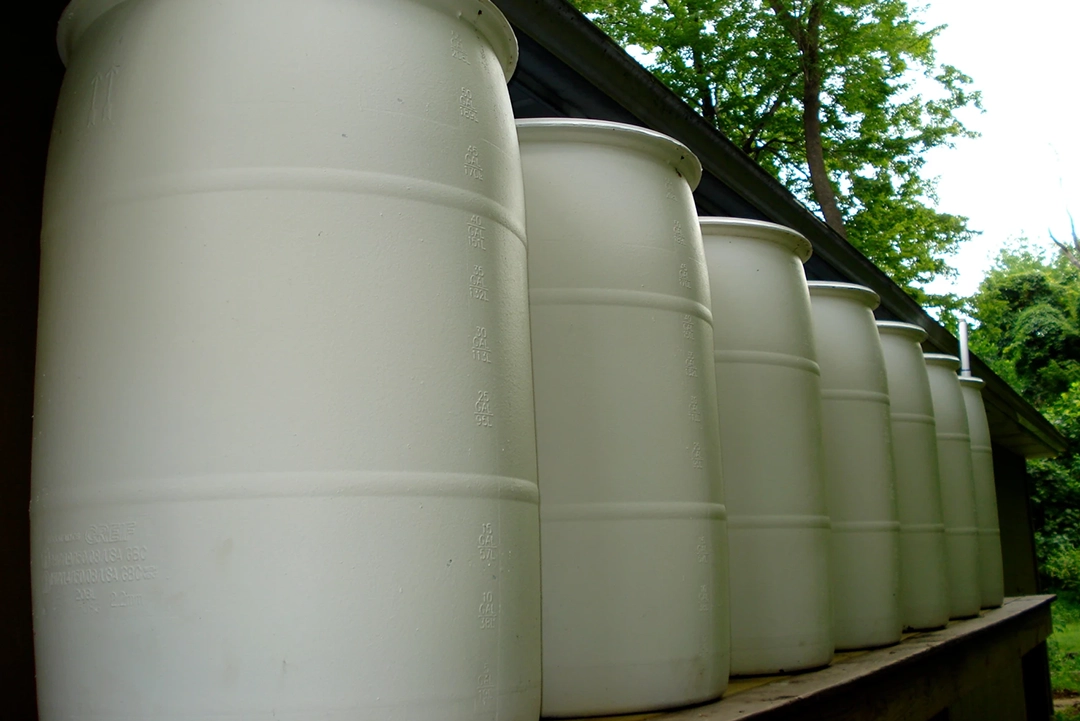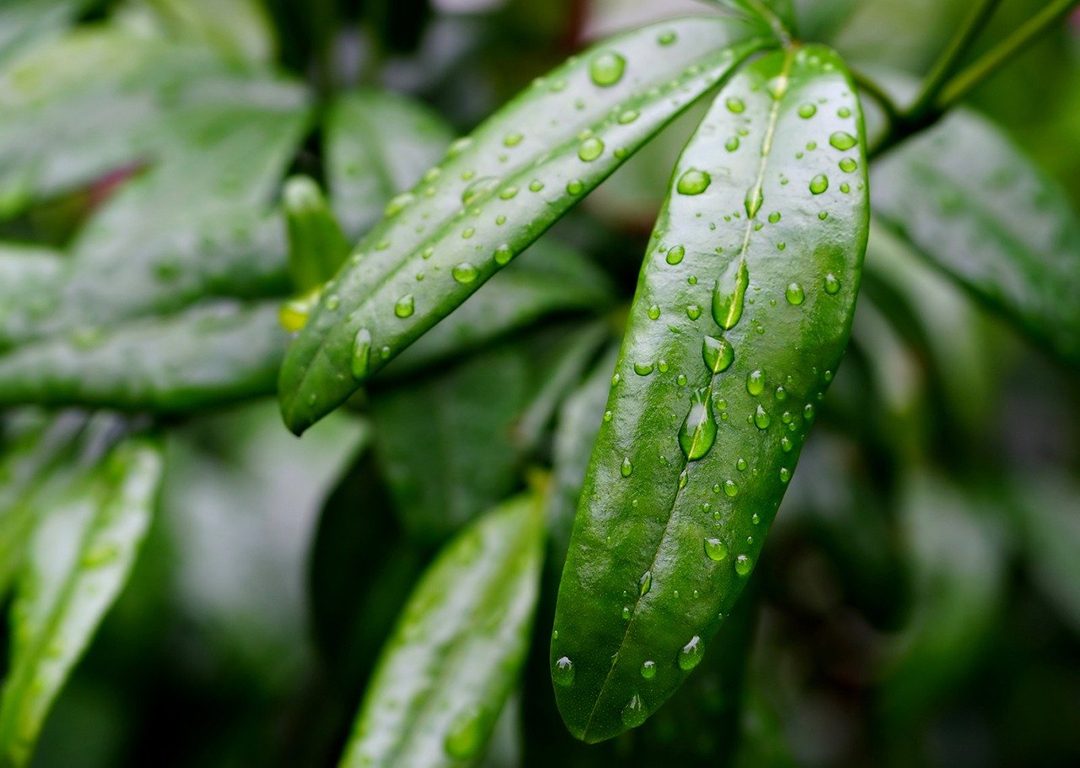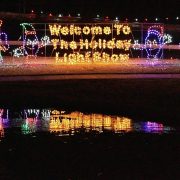Celebrate Arbor Day: Discover How Planting More Trees in San Diego Supports Climate Resiliency
Trees are among the most valuable investments in San Diego County’s landscape, including in your landscaping. No other plant plays a more significant role in fighting climate change, supporting sustainability, and maintaining a healthy watershed than trees.
National Arbor Day on Friday, April 25, reminds us of the many benefits that trees have to offer, with tree planting events planned throughout San Diego County.
Arbor Day 2025 Events
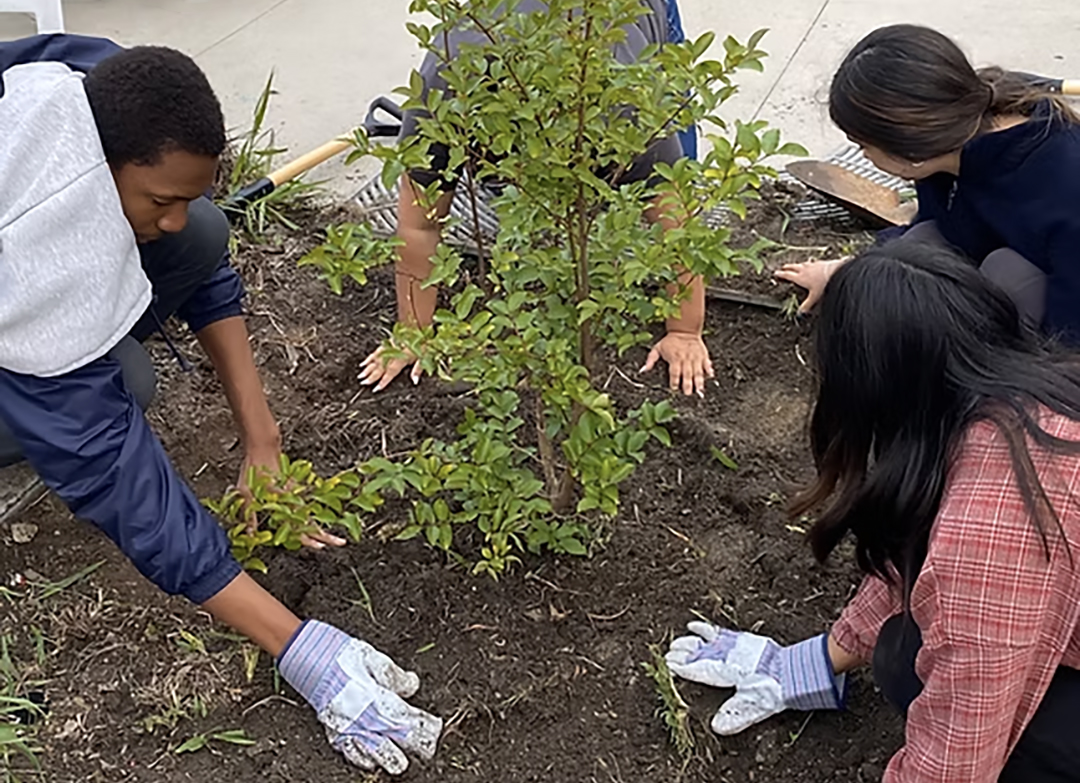
San Diego County residents can volunteer at several tree planting events on Arbor Day. Photo: City of San Diego
The City of San Diego celebrates Arbor Day on Friday with an official Arbor Day Ceremony at 9 a.m., followed by a tree planting event at Colina Del Sol Park in City Heights in partnership with Tree San Diego. Members of the public are invited to volunteer. For information and to register, go to the City of San Diego Arbor Day webpage.
Tree San Diego and the City of Chula Vista will host a tree-planting event for Arbor Day at Horizon Park from 9 a.m. to 11 a.m. Volunteers can register here.
The City of Lemon Grove hosts an Earth Day and Arbor Day Fair on Saturday, April 26, starting at 9 a.m. at 3200 Main Street.
Forever Balboa Park is also hosting an Arbor Day Event on Friday, April 25 with a morning tree planting event. Volunteers are asked to register and will be provided with the specific event location at its website here.
Tree Support Throughout The Year
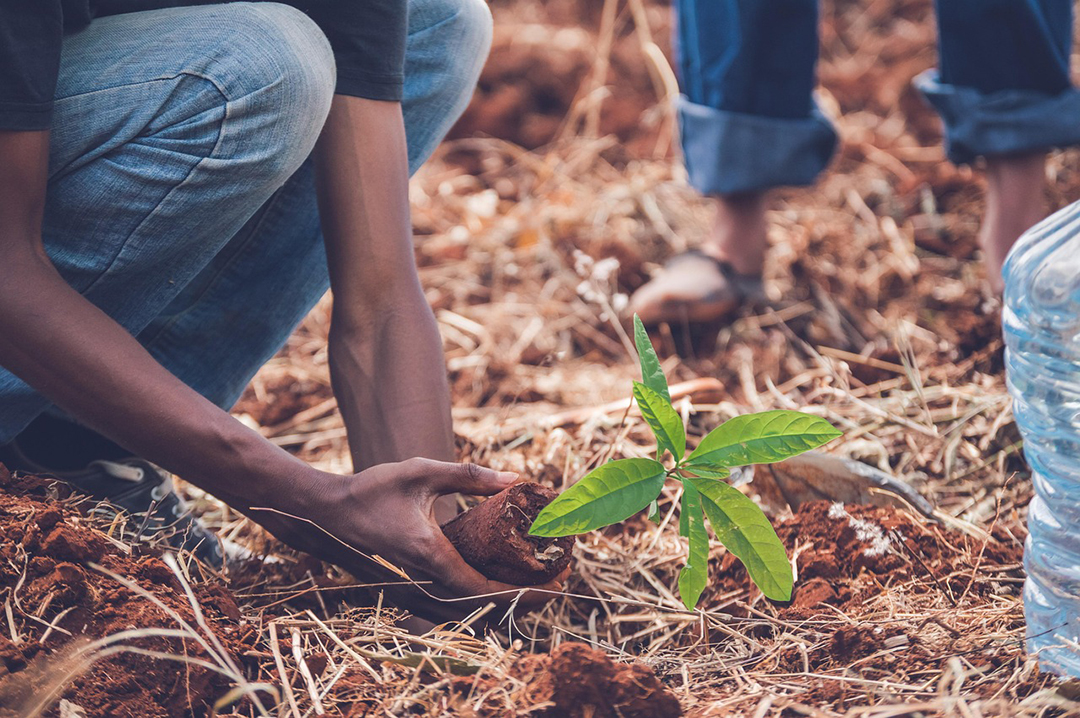
Numerous nonprofit organizations offer support and tips on planting and caring for trees. Photo: Gabriel/Pixabay
Work with trees year-round by getting involved with the San Diego nonprofit Kate Sessions Trees. Its website provides information about the fundamentals of planting trees, environmental stewardship, and to ongoing watering and maintenance.
Throughout the year, City of San Diego residents can request a new street tree through Free Tree SD. This program allows residents and the City to work together by increasing San Diego’s tree canopy cover. Residents need to identify a space in the public right-of-way and agree to water the tree for three years. City arborists will evaluate the space and determine an appropriate tree selection.
To get started, fill out the Free Tree SD application form on the City’s website.
Tree San Diego works with all 18 incorporated cities, unincorporated areas of San Diego County, and tribal communities to support and monitor tree planting throughout the year. Urban Corps San Diego and volunteer groups also support tree planting projects throughout the year. Learn more at Tree San Diego.
Tips On Tree Health and Care

Trees provide numerous health benefits. Infographic: The Nature Conservancy
- Depending on the tree type and size, water every three to six weeks.
- The amount of water your tree needs depends. A general rule of thumb is to use approximately 10 gallons of water per inch of trunk diameter for each watering.
- Focus on deep, infrequent watering, rather than frequent shallow watering. Aim to saturate the soil around the root zone to encourage deep root growth.
- Young trees, even drought-tolerant ones, need routine watering. Most mature drought-tolerant trees can survive on rainwater plus infrequent, deep watering.
- If rainfall is scarce, be sure to hydrate the trees with irrigation water.
- Young trees are particularly susceptible to competition from turf grass. Remove grass from the trunk out to a foot beyond the drip line (the outer canopy of the leaves).
To help residents and businesses choose trees that will thrive in our climate and conditions, check out the San Diego County Water Authority’s recently updated “Nifty 50” and “Happy 100” plant lists. Learn more about the lists in this recent Water News Network article.
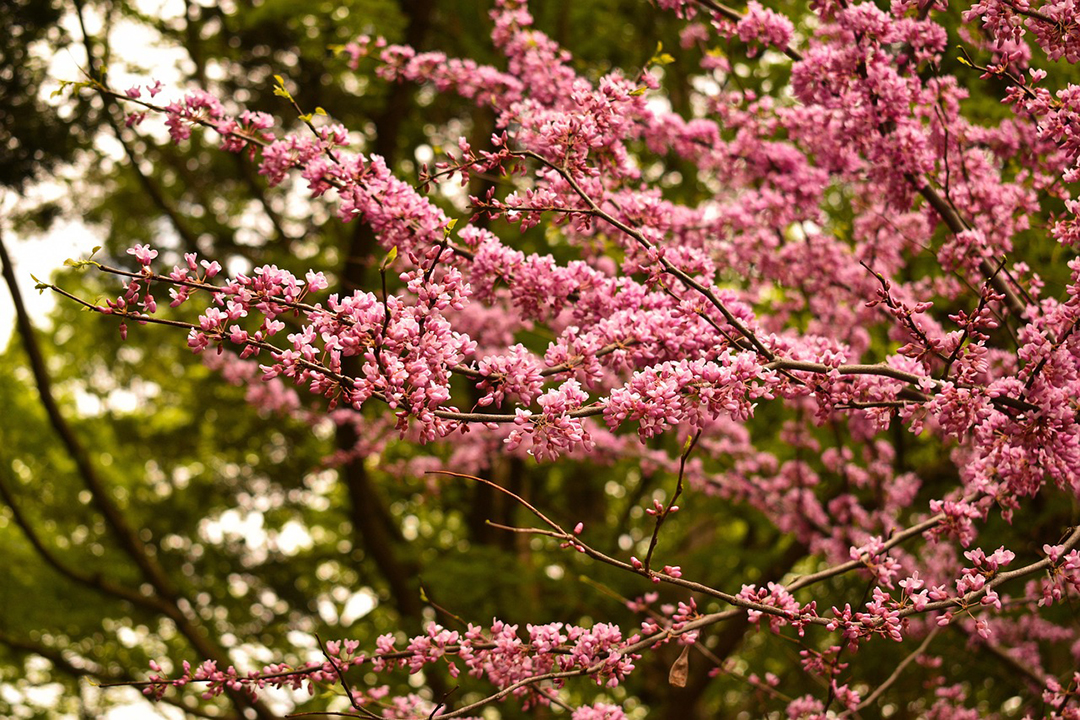
The Western Redbud tree (Cercis Occidentalis) is a favorite choice from the Nifty 50 plant list. Photo: Pixabay/Creative Commons
To learn more about trees, visit the Arbor Day Foundation.
San Diego forestry and landscaping professionals work with the San Diego County Water Authority and its 22 member agencies to help protect our region’s trees.

